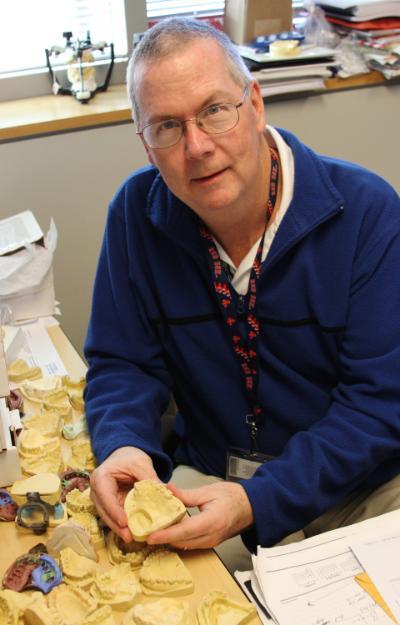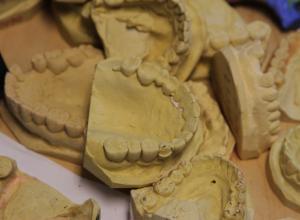
Dr. Driscoll, DMD, FACP, has been active in organized dentistry for many years and was elected three years ago to the post of vice president of the American College of Prosthodontists. People elected to that office subsequently move up to president-elect then president.
The American College of Prosthodontists is the official sponsoring organization for the specialty of prosthodontics, one of nine recognized specialties of the American Dental Association. Dr. Driscoll, who officially became president in October 2015, notes the organization advocates for prosthodontists across the U.S. as well as around the world.
Dr. Driscoll brings a range of experience to his role with ACP. A member of the organization for more than 40 years,as Chair of the Board Prep Course for five years, multiple committee, a board examiner and a member of the ACP Spokespersons Network.
At the School of Dentistry, he is director of the prosthodontic residency program. He previously served as President of both the American Academy of Fixed Prosthodontics and the American Board of Prosthodontics. He has given more than 300 presentations worldwide and authored more than 60 publications.
He completed his residency in 1978 at Fort George Meade in Maryland after having earned his DMD in 1977 from Tufts University. His training in prosthodontics came at Letterman Army Medical Center in San Francisco and in 1990 he completed a fellowship in maxillofacial prosthetics at the National Naval Dental School in Bethesda, Maryland. He retired from the Army in 1997 at the rank of colonel.
Dr. Driscoll applies his advanced training as a Prosthodontist to help restore speech and function to head and neck cancer patients; his favorite procedure to perform as a Prosthodontist is designing, creating and placing surgical obturators, which give patients the ability to eat, breathe, swallow and talk soon after life-saving cancer surgery.
Overall, the American College of Prosthodontists has many missions, not the least of which is to raise awareness of the practice of prosthodontics among the public at large, as well as to advocate for ways to decrease the amount of debt taken on by people who pursue careers as prosthodontists. Dr. Driscoll points out ACP has scholarship programs to assist students. It is an especially important issue, he notes, because at present residents are finishing their courses of study with a quarter to a half a million dollars in debt.
Keeping up with technological advances -- digital dentistry – is and will be for the foreseeable future, vital in the field of prosthodontics, Dr. Driscoll says, adding, “That’s what’s hot now.”

Likewise at the University of Maryland School of Dentistry, digital dentistry has been at the forefront, Dr. Driscoll says, noting some areas are more advanced than others.
Dr. Driscoll’s involvement with digital dentistry and the educational requirements related to it go beyond basic advocacy. He and Radi Masri, DDS, MS, PhD, also of the School of Dentistry, recently edited the text “Clinical Applications of Deigital Dental Technology,” published in 2015 by Wiley Blackwell. The 272-page volume covers, according to the publishing house, “digital imaging, digital impressions, digital operative dentistry, digital prosthodontics, digital implant fabrication and placement, and digital applications in endodontics, orthodontics, and oral surgery.”
